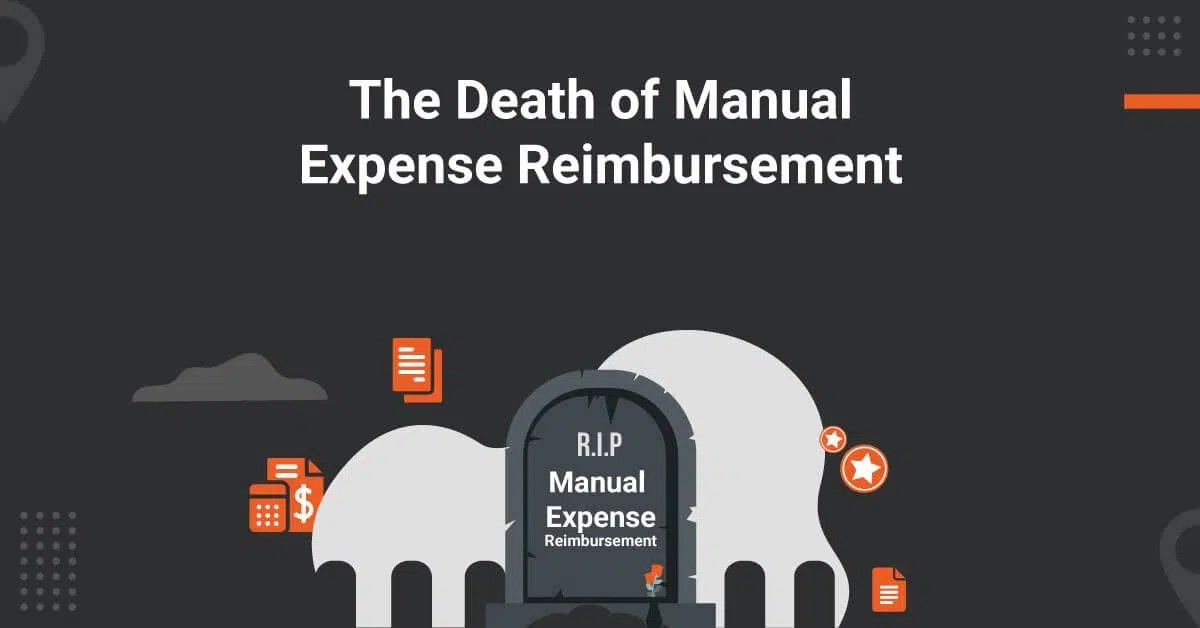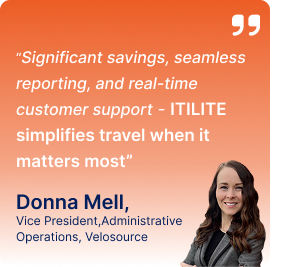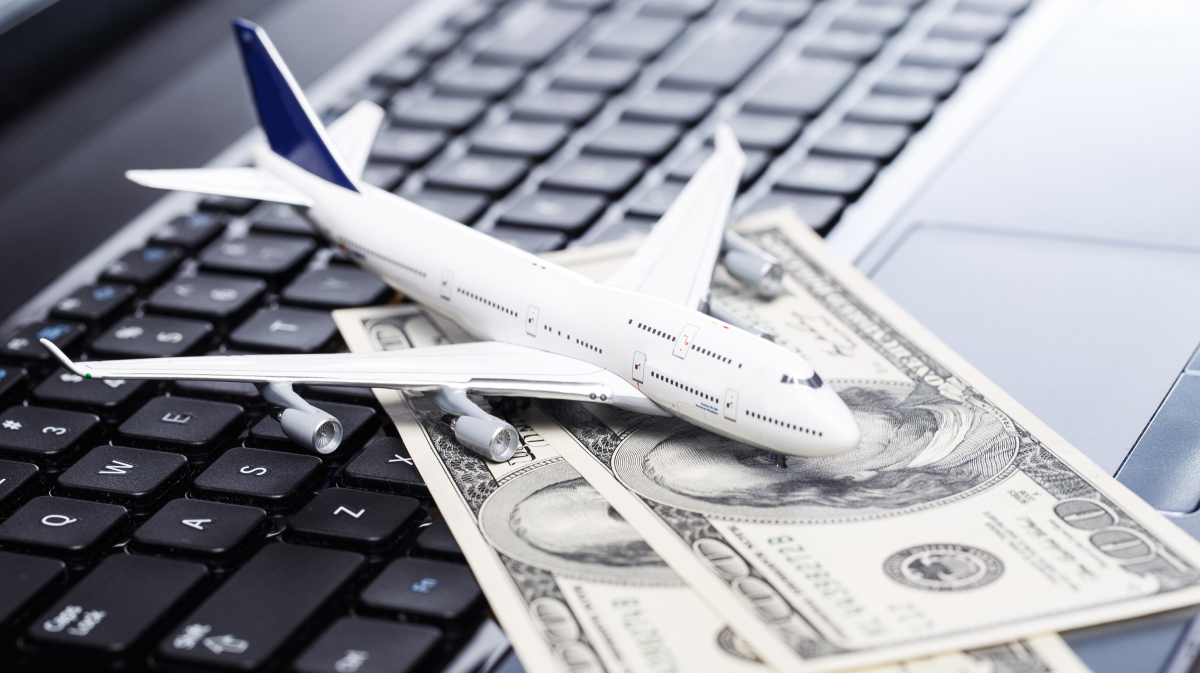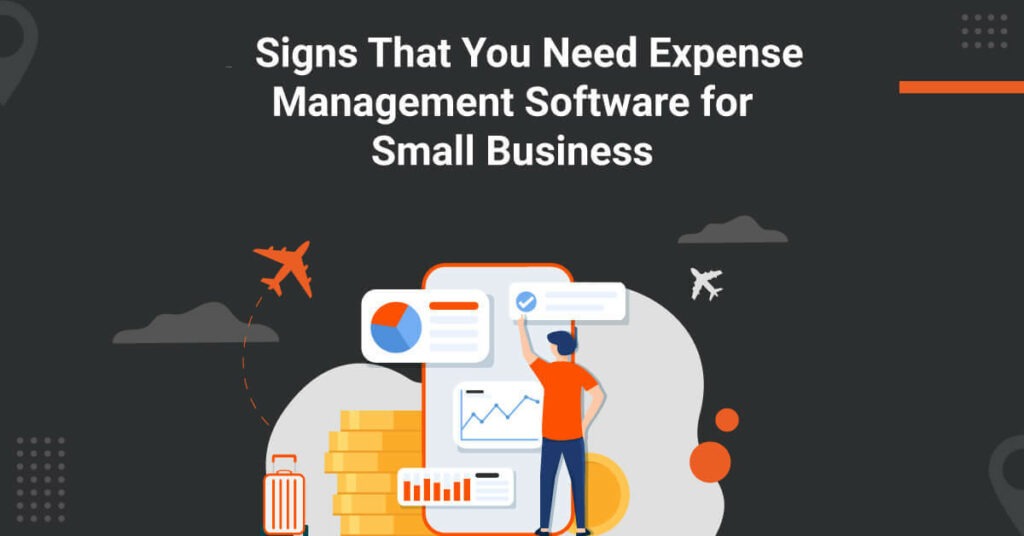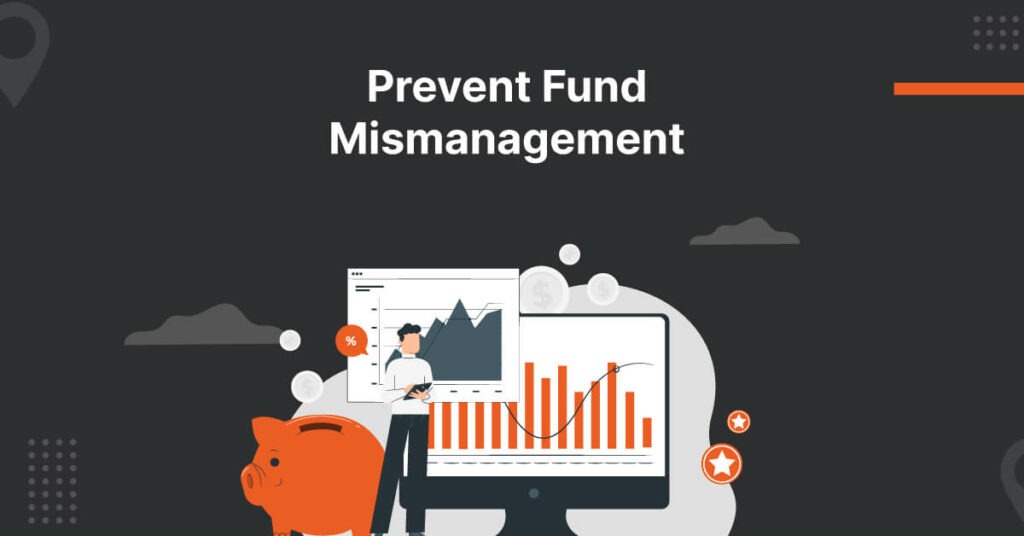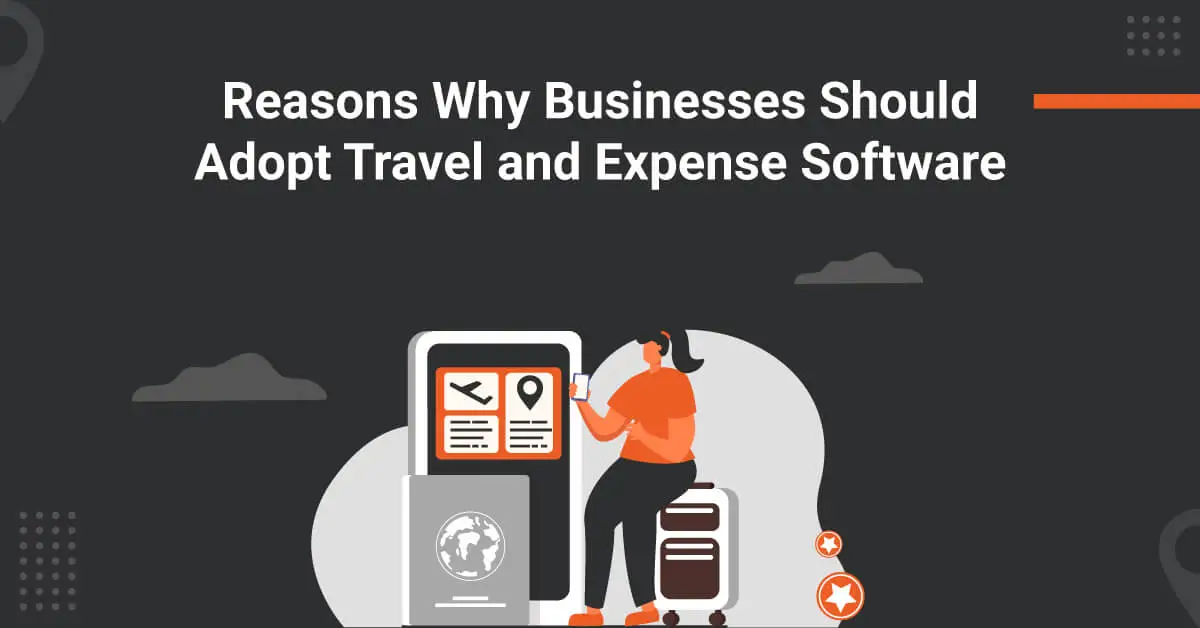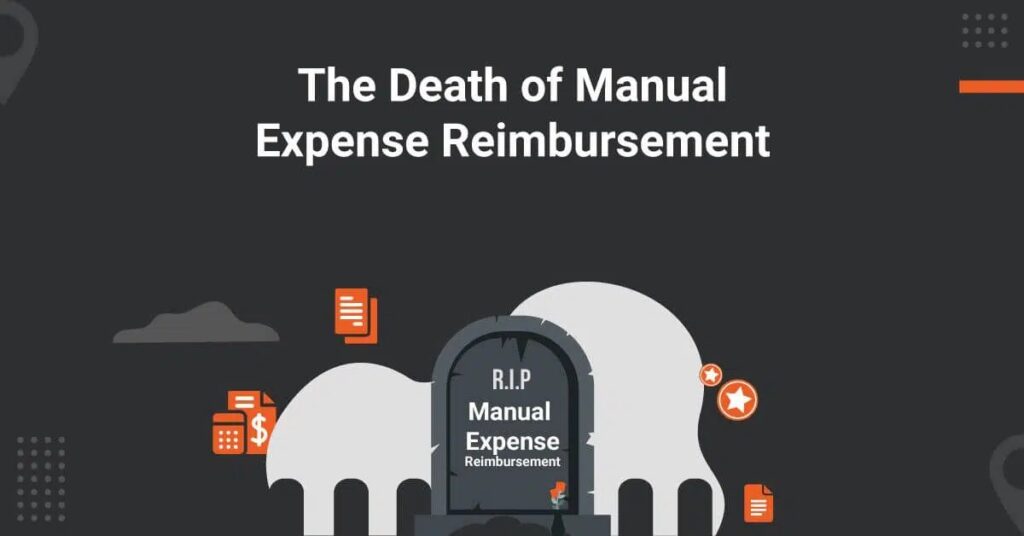
When we think about manual expense reimbursement, the first thing that comes to mind is an image of stress-laden road warriors shoveling through heaps of paper to find relevant receipts for expense filing.
With their plates already full towards the end of the month, juggling small pieces of paper and entering everything onto an expense report is the last thing your employees want to do. Hence, your age-old manual expense reimbursement process needs to make way for the automated expense management process.
Let’s look at how handling expenses manually reduces the efficiency of your expense management process.
Drawbacks of Manual Expense Reimbursement
1. A Long Trail of Paperwork
The manual expense reimbursement process relies heavily on a bunch of paperwork moving from one desk to another. At first, the employees must collect and save all the receipts from their business trips and attach them to the monthly expense report. Afterward, the complied reports travel from the employees’ desk to the approver’s desk and finally to the accounts payable team.
Amid all this movement, there is a fair chance that a receipt or two might get lost. Since the physical copy of the receipt is the only proof of expense, your employees might not get reimbursed.
Additionally, it is challenging for your employees to track their reimbursement requests with a paper-based method. They will only know about their request’s status once it is approved. Such ambiguity harms the expense management process and harms employee satisfaction in the long run.
2. Endless Hours
The manual expense reimbursement process is highly time-consuming. It can only begin once the employee returns from their business trip. After that, they collect all the receipts, enter all the information in a business expense spreadsheet and compile the expense report. With all the pre-existing workload, the employees procrastinate expense filing until the deadline is close.
Even after the report has been submitted, it has to go through various checkpoints before getting approved. Even for the approvers, validating expense reports is not a high-priority task. Hence, the reports can stay on their desk forever if not constantly reminded.
Lastly, the finance team has to process each report manually, which takes an average of 20 minutes per report.
3. Heavy on the Pocket
Contrary to popular belief, manual expense reimbursement costs more than automated expense processing. If you look at it in terms of expense report processing, the average cost to process one expense report manually is $52 as compared to $6.85 for automated processing.
On the other hand, from the perspective of operational costs as well, manual expense reimbursement costs more. If your entire expense management process is based on paperwork, you need closet space for the storage of paper and stationery.
Furthermore, as your organization grows, you will need more and more space to accommodate all the reports. Hence, the cost of acquiring new real estate regularly, even if it is just a cabin, can be high for your company.
4. No Protection Against Fraud
Wherever there are finances involved, fraud becomes a significant point of concern. Employee expense reimbursement fraud accounts for 14% of the total business frauds. Unfortunately, despite the high percentage of expense reimbursement fraud, it takes an average of 24 months to get detected. You must be wondering why there is such a long detection period, and the answer is manual expense reimbursement.
When the finance team handles a multitude of expense reports, they have to manually tally the expense data with the receipts, cross-examine it with travel data, and ensure every transaction checks out. This amount of manual work leaves little scope for fraud detection.
5. A High Number of Filing Errors
To err is human. Filing expenses and creating a report is a complicated task; hence there is a chance that your employees might make mistakes. They may mistakenly enter an extra zero and make a $20 water bottle worth $200. It is a simple mistake with significant consequences. If your finance team misses the entry, you will spend an extra $180.
Alternatively, if your finance team catches the error, they might accuse the employee of expense fraud which will be challenging to handle for both the parties.
If Not Manual Expense Reimbursement, then What?
The answer to this question is expense management automation.
Expense management automation is the process of adopting an expense management software platform to automate the fundamental expense processes like approvals, payments, and reimbursements.
Automation can help you overcome the challenges posed by manual expense reimbursement like excessive paperwork, longer approval hours, over-the-top processing costs, etc., and enhance the efficiency of your reimbursement process. Sounds advantageous, right? Here’s more.
Benefits of Automated Expense Reimbursement
1. Smooth Paperless Reimbursement
With the help of digital receipt scanning technology of expense management software, your employees can scan and upload their expense receipts to file their expenses in real-time. It then compiles the receipts into an expense report, ready to be sent for approval.
The entire process of filing, approval, and reimbursement is completely free of paper. Therefore, no lost receipts and no clunky file moving from one desk to another.
2. Quick Filing, Approval, and Reimbursement
Automating expense management can help speed up the reimbursement process because your employees can directly upload the receipts to the expense management software. It will scan the receipts, pick out the details with OCR technology, and automatically fill the expense reports.
Additionally, your finance team can go through the expense by filtering them according to categories, departments, type, date, etc. So, they don’t have to examine every piece of paper to validate expense claims.
3. Pocket-Friendly
Adopting expense management software can help you save various types of costs. Firstly, the cost of automatically processing expense reports is far less than manual processing. Secondly, you save money on paper, glue, ink, etc.
Moreover, as all the data is stored on the cloud, so you don’t have to invest in extra office space or build new cabins.
4. Real-Time Fraud Detection
Expense management software offers features that can detect expense fraud automatically. Its AI-based audit system can help identify duplicate expense records, expenses filed in the wrong category, mismatching amounts, etc., making the reimbursement process smoother.
Error-Free Expense Reports
Automating the expense process reduces the number of filing errors. The expense management software automatically files all the details, so there can be no mistakes in data entry.
Other than that, your finance team can integrate the expense management software with accounting software so that they don’t have to manually enter the expense data from expense spreadsheets into the accounting software. Error-free expense reports will make the process of reimbursement easier.
Time to Move on from Manual Expense Reimbursement
As manual expense reimbursement causes more harm than good, it is time to let go of the traditional methods and switch to automated expense processing.
Choosing ITILITE expense management software offers features like digital receipt management, automatic expense report creation, real-time fraud detection, and multi-level approvals to automate your expense management process.
To try out ITILITE expense management software for free, click the button below.
